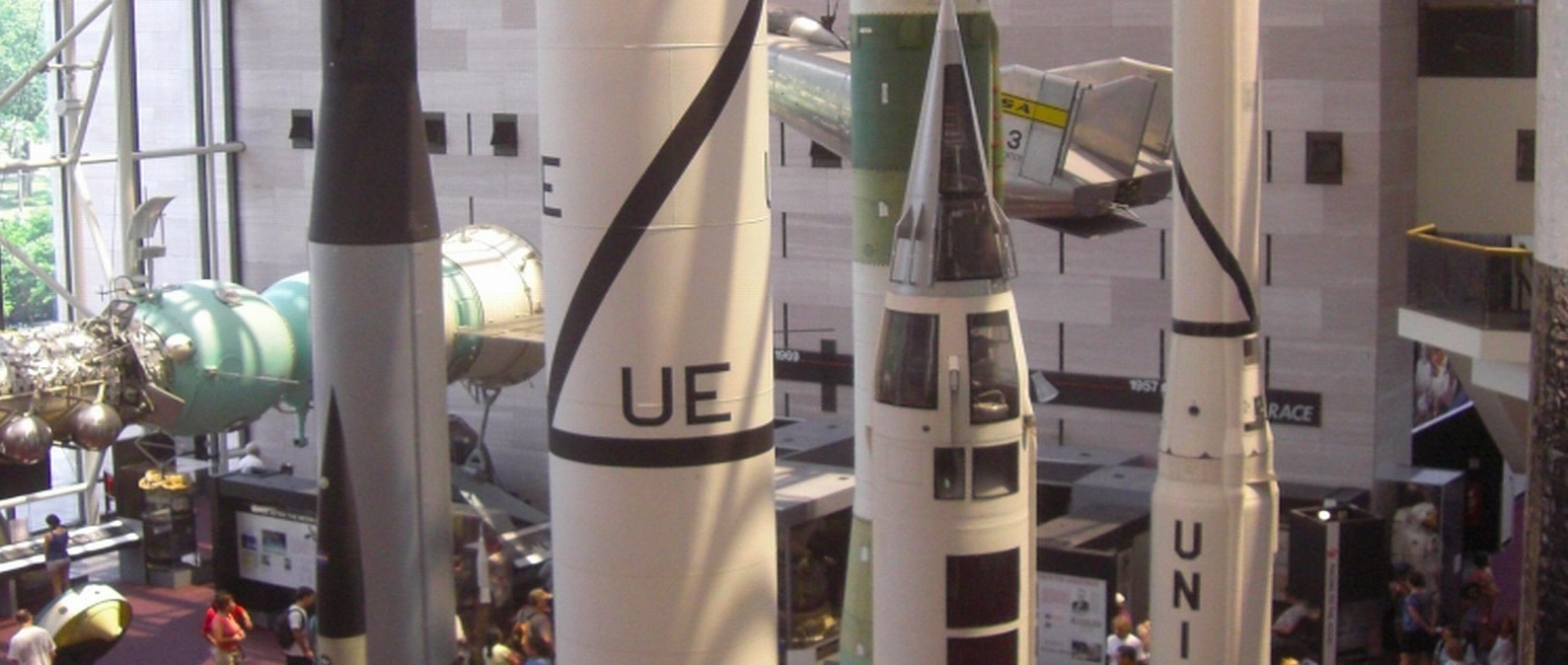Episodes

Friday Jul 06, 2018
Friday Jul 06, 2018
Armstrong eased Gemini VIII toward the target at a barely perceptible speed of 8 centimeters per second. Then Armstrong gleefully reported, “Flight, we are docked!” For a brief moment, the flight controllers in Houston did not realize they had really accomplished docking. Then pandemonium broke loose…

Friday Jul 06, 2018
Friday Jul 06, 2018
This was the most complex mission attempted to date. The primary mission objectives were to perform rendezvous and four docking tests with the Gemini Agena Target Vehicle (GATV) and to execute an ExtraVehicular Activity (EVA)…

Friday Jul 06, 2018
Friday Jul 06, 2018
On September 20th 1965, NASA named the crew for Gemini VIII. The command pilot selected was Neil Armstrong, a civilian test pilot with much experience in the X-15 rocket research aircraft program. David Scott was selected as pilot. Scott was the first of the Group 3 astronauts selected for a mission. The backup crew for Gemini VIII, was Navy Lieutenant Commanders Pete Conrad and Richard F. Gordon, Jr.

Friday Jun 01, 2018
Friday Jun 01, 2018
Many doubted that Agena could be ready in time to meet Gemini’s tight launch schedules. The end of 1965 saw Agena’s usefulness in manned space flight once again called into question, but this time time a substitute target had already been approved for development…

Friday Jun 01, 2018
Space Rocket History #70 – Luna 5-9 – Never Give Up
Friday Jun 01, 2018
Friday Jun 01, 2018
During 1965 through January 1966, several significant Soviet unmanned scientific missions were launched. Five of the missions will be covered in this episode. We will begin with the Soviet Luna program.

Friday Jun 01, 2018
Space Rocket History #69 – Zond 3, Venera 3, and Asterix
Friday Jun 01, 2018
Friday Jun 01, 2018
The Zond program was one of two lunar exploration programs conducted by the Soviet Union to investigate the Moon and its vicinity. The program began in 1964 and ended in 1979. The early Zond’s 1-3 were originally designed for planetary exploration, while the latter Zonds (4-8) were sent on circum lunar flights. Additionally, the latter Zond vehicles were of a totally different in design. They were in fact automated versions of the manned Soyuz spacecraft…

Friday Jun 01, 2018
Friday Jun 01, 2018
The Gemini Program was conceived after it became evident to NASA officials that an intermediate step was required between Project Mercury and the Apollo Program. The major objectives assigned to Gemini were:
1-To subject two men and supporting equipment to long duration flights — a requirement for projected later trips to the moon or deeper space.
2-To effect rendezvous and docking with other orbiting vehicles, and to maneuver the docked vehicles in space, using the propulsion system of the target vehicle for such maneuvers.
3-To perfect methods of reentry and landing the spacecraft at a pre-selected land-landing point.
4-To gain additional information concerning the effects of weightlessness on crew members and to record the physiological reactions of crew members during long duration flights.

Friday Jun 01, 2018
Friday Jun 01, 2018
From the previous episode, we have Gemini VII waiting in orbit for Gemini VI-A to launch and rendezvous. Remember, Gemini VII could only remain in orbit for 14 days, the maximum duration of its flight. The goal was to launch Gemini VI-A on or before day 9 of Gemini VII’s mission.

Friday Jun 01, 2018
Friday Jun 01, 2018
From the previous episode, it was decided that the name of Gemini VI would be changed to Gemini VI-a to distinguish it from the originally planned mission whose objective was to rendezvous with the Agena target vehicle. Gemini VII would be launched first before Gemini VI-a and it would be considered the target vehicle effectively replacing the Agena. After Gemini VII lifted off, Gemini VI-a would be transferred to the launch pad and prepared to launch as soon as possible. After Gemini VI-a rendezvoused with Gemini VII, it would return to earth before Gemini VII.

Friday Jun 01, 2018
Friday Jun 01, 2018
“We have had a conversation with the Carnarvon tracking station and their report keeps coming back – No joy – No joy.” NASA Public Affairs Officer Paul Haney.

